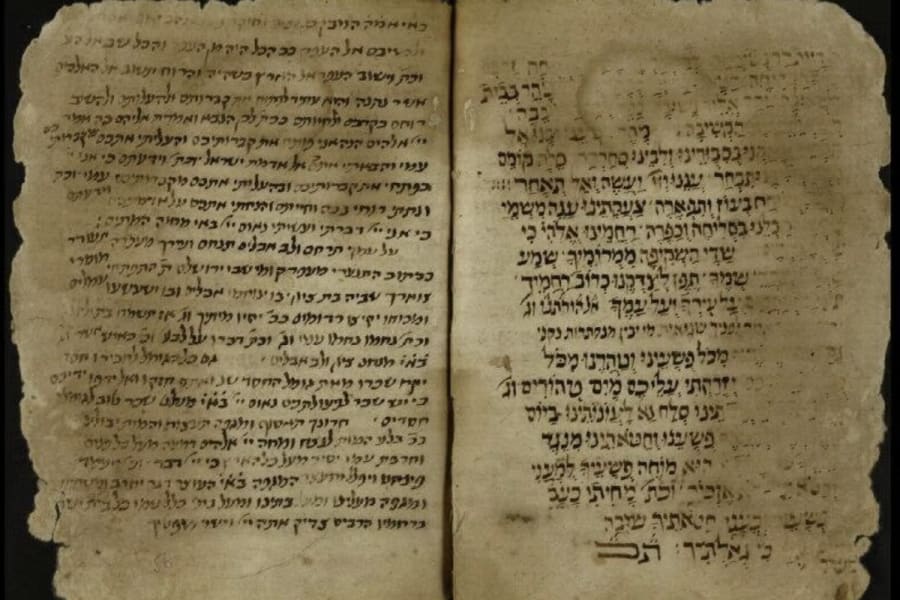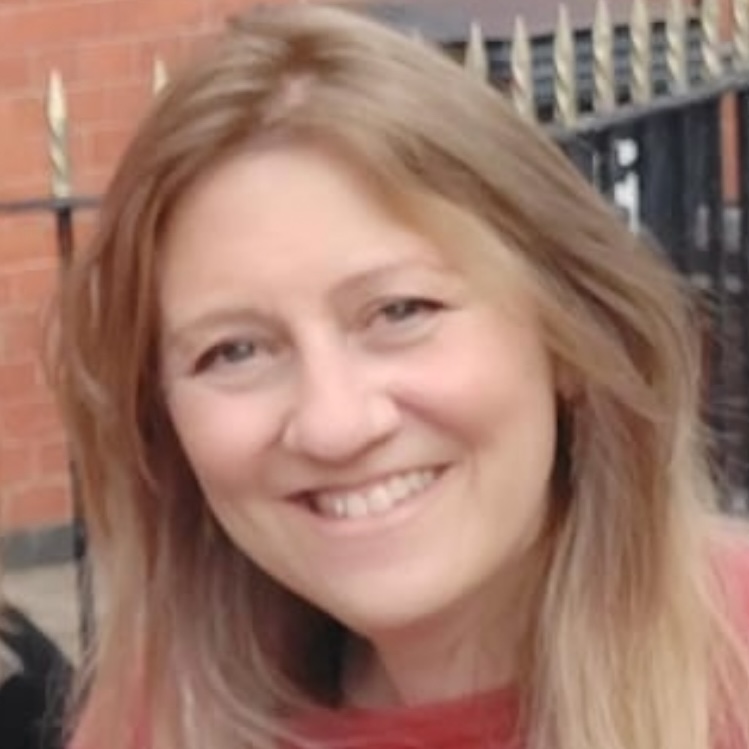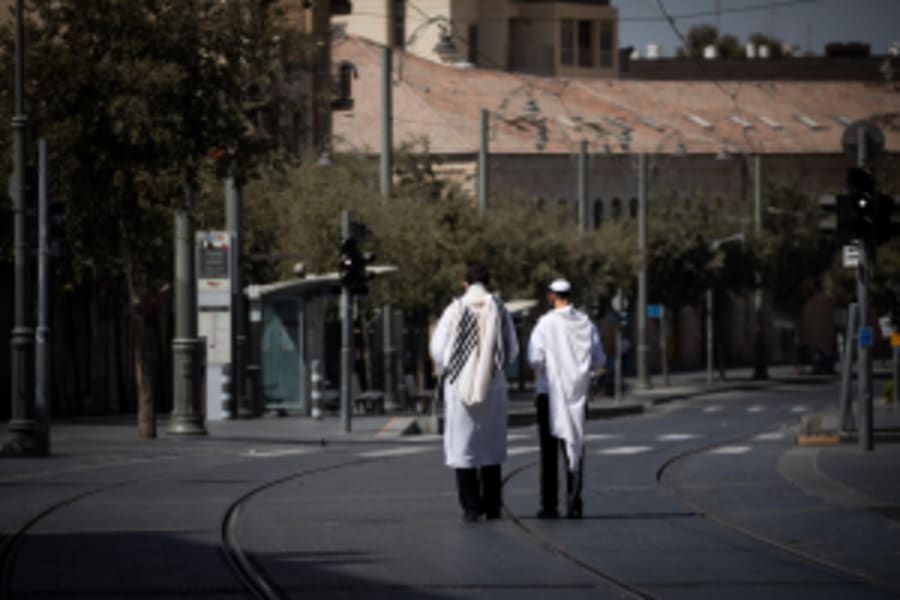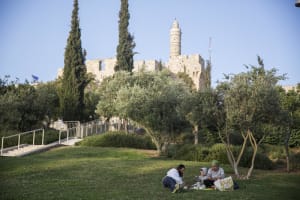Historic Yom Kippur prayer book from Crimea added to Israel’s National Library

A Medieval “machzor,” the prayer book of songs and liturgy for Yom Kippur, has been brought from its home in Crimea by the Black Sea to be displayed in the National Library in Israel.
Every year, Jewish people go to synagogue on Yom Kippur, the Day of Atonement, to seek God’s forgiveness as a people. The services include beautiful songs with haunting melodies and prayers that are read aloud together in unison. The words are found in the holiday machzor prayer book which means “returning” in line with the emphasis on repentance. The words of it are fairly standardized, so that the people of Israel can join together as one in praying from all over the world. However, a prayer book with several unknown prayers and songs has recently been made public.
The rare machzor from the 14th century, recently acquired by Israel’s National Library, is unique in that it includes words and songs not found anywhere else, according to YNet.
In addition to the obligatory evening, morning and noon prayers (in lieu of temple sacrifices which were performed at those times) there are also special prayers for Yom Kippur, including prayers known as “Musaf” and “Ne’ilah” giving a window into a bygone Jewish world.
The handwritten book originally came from the port city of Kaffa in the troubled Crimean Peninsula and is a record of previously lost Yom Kippur liturgical prayers.
Kaffa, now known as Feodosia, once had a sizable and unusual Jewish community. While Ashkenazi and Sephardic prayer books have slightly differing liturgy and traditions, this Medieval machzor incorporates both, along with customs of the Romaniote Jews, a Judeo-Greek Romaniote tradition, from the Balkans and Asia Minor.
In the Medieval era, the Black Sea region found itself at an intersection of Jewish traditions, including diverse streams such as the Krimchaks (“Crimeans”), Karaites, Khazarians, Genoese, Sephardi and Ashkenazi Jews, according to the Times of Israel.
The manuscript, which contains both Hebrew and Arabic, reflects the Kaffa rite (“nusach Kaffa”), a liturgical tradition that developed from this melting pot of communities.
Dr. Chaim Neria, curator of NLI’s Haim and Hanna Solomon Judaica Collection, told the Times of Israel, “We were already familiar with the Kaffa rite, but this machzor seems to have been written down prior to when the tradition was codified.”
The machzor contains rare poetic writings (piyyutim), some scraps of which had been saved in the Cairo Geniza, while other texts are completely unique. Now the full text of several lost prayers have been preserved and presented in elegant script for everyone to enjoy.
“Yom Kippur liturgical poems are the very core of Jewish prayer, and this manuscript is of extraordinary importance for the study of early Hebrew liturgical poetry, as it preserves the unique prayer tradition of Kaffa’s Jews,” said Neira.
He added, “this item is irreplaceable in Jewish history, enriching our understanding of prayer, poetry and communal life in the medieval Jewish world, particularly in a region that connected East and West.”
The acquisition of the precious book was made possible by the Kraus Foundation. The manuscript has now been digitized and uploaded onto the National Library’s website for everyone to enjoy.

Jo Elizabeth has a great interest in politics and cultural developments, studying Social Policy for her first degree and gaining a Masters in Jewish Philosophy from Haifa University, but she loves to write about the Bible and its primary subject, the God of Israel. As a writer, Jo spends her time between the UK and Jerusalem, Israel.
You might also like to read this:

















